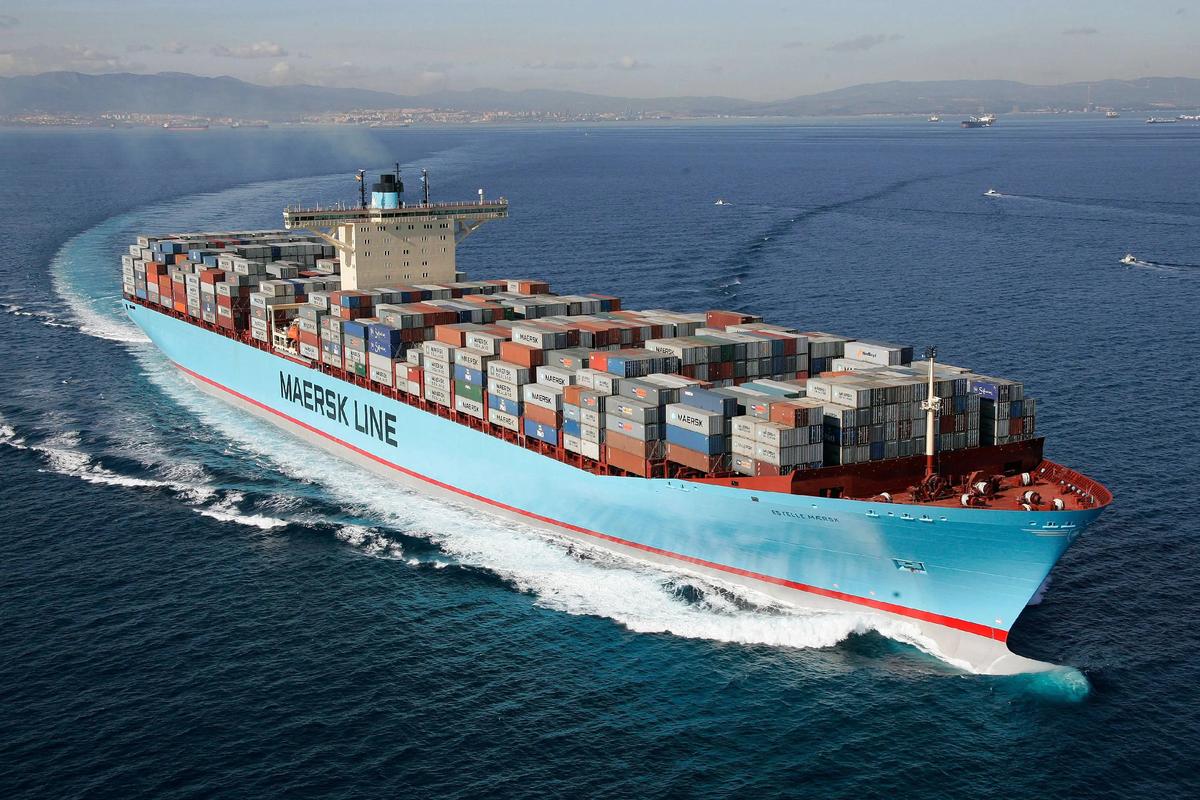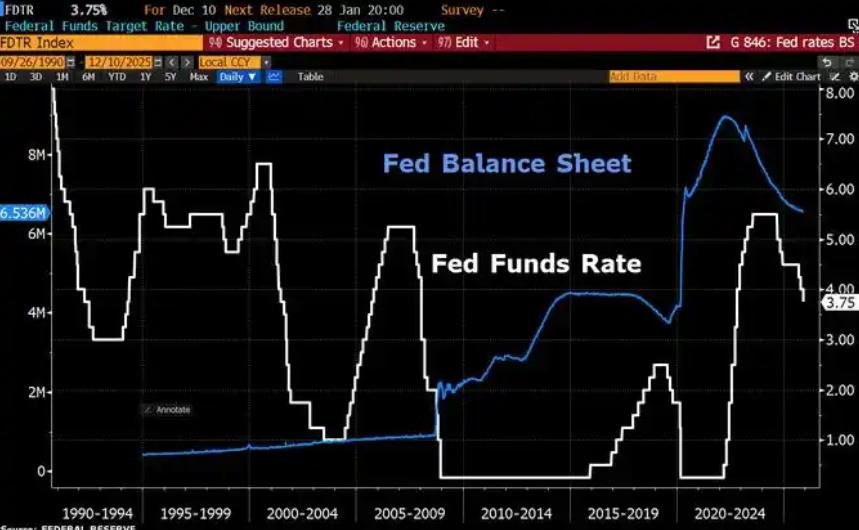
Recently, the United States has imposed a 39% tariff on the French cosmetics industry and India plans to impose retaliatory tariffs on the United States, which constitute typical examples of the current rise of global trade protectionism. Although these two incidents involve different categories of goods and combinations of countries, they collectively reflect the destructive impact of unilateral tariff policies on the precision industry chain, as well as the strategic differences between emerging and developed economies in the game of trade rules.
The French cosmetics industry, as a global benchmark for high-end beauty, has significant structural characteristics in the impact of tariffs it has encountered. Among the 39% tariffs in the United States, the base tariff accounts for 15%, and the comprehensive tax rate after adding steel and aluminum surcharges is as high as 65%. This tax system design directly pushed up the terminal price of star products such as hair gel spray cans, resulting in a 12% year-on-year decline in French exports to the United States in the first half of the year, with a loss of 300 million euros. The more profound impact lies in the pressure of industrial chain restructuring - in order to maintain market competitiveness, French companies are forced to launch a "weight reduction and cost reduction" plan, such as replacing glass bottles with recyclable plastic materials, while accelerating the regionalization adjustment of the supply chain. According to industry estimates, this transformation may threaten 1500 direct employment positions, equivalent to nearly 10% of the total employed population in the industry. The industry structure with 85% of small and medium-sized enterprises has further amplified the impact effect, and some enterprises have entered the judicial restructuring process due to a lack of capital buffering capacity.
India's countermeasures against the US tariffs present different strategic logics. As an agricultural powerhouse, India firmly adheres to the "red line" of market access for dairy and agricultural products in negotiations and refuses to accept tough demands from the United States. The retaliatory tariffs it plans to impose, although the specific categories are not specified, are expected to focus on agricultural machinery, high-end manufacturing components, and specific chemical products, forming a defensive strategy of "offsetting tariffs with tariffs". Behind this strategic choice is the pressure of bilateral trade deficit - in 2024, the US trade deficit in goods with India reached $45.7 billion, and India needs to balance the annual tariff losses of approximately $725 million. It is worth noting that India did not take direct retaliation, but instead defended its rights through the WTO mechanism, reflecting the cautious stance of emerging economies in upholding rules within a multilateral framework.
Both incidents have exposed the fragility of the global industrial chain. The transformation attempt of the French cosmetics industry reveals the survival dilemma of export-oriented industries under the impact of trade protectionism, while the Indian case shows how agricultural security has become a core barrier in trade negotiations. From a global perspective, unilateral tariff policies have triggered a chain reaction risk. Historical experience shows that the Smoot Hawley Tariff Act of 1930 in the United States led to a sharp decline in global trade volume within five years, planting the risk of economic recession. Currently, if the United States, France, and India cannot resolve their differences through negotiations, it may trigger other countries to follow suit and impact global supply chain stability.
In this context, countries need to re-examine the balance between industrial chain security and efficiency. The "dual circulation" strategy explored by the French cosmetics industry - maintaining the European and American markets while exploring emerging markets - provides a transformation reference for the global industry. India's strategy of safeguarding its rights through multilateral mechanisms emphasizes the crucial role of international rules in resolving trade conflicts. For global governance, finding a balance between maintaining the stability of the multilateral trading system and responding to domestic industrial demands remains a major issue that urgently needs to be addressed. This tariff game not only concerns the economic interests of the United States, France, and India, but will also become an important touchstone for testing the effectiveness of global governance. Its ultimate direction will profoundly affect the evolution trajectory of the future global trade pattern.

Since 2022, the Fed has cumulatively reduced its balance sheet by $2.4 trillion through quantitative tightening (QT) policies, leading to a near depletion of liquidity in the financial system.
Since 2022, the Fed has cumulatively reduced its balance sh…
On December 11 local time, the White House once again spoke…
Fiji recently launched its first green finance classificati…
Recently, the European Commission fined Musk's X platform (…
At the end of 2025, the situation in the Caribbean suddenly…
The U.S. AI industry in 2025 is witnessing a feverish feast…